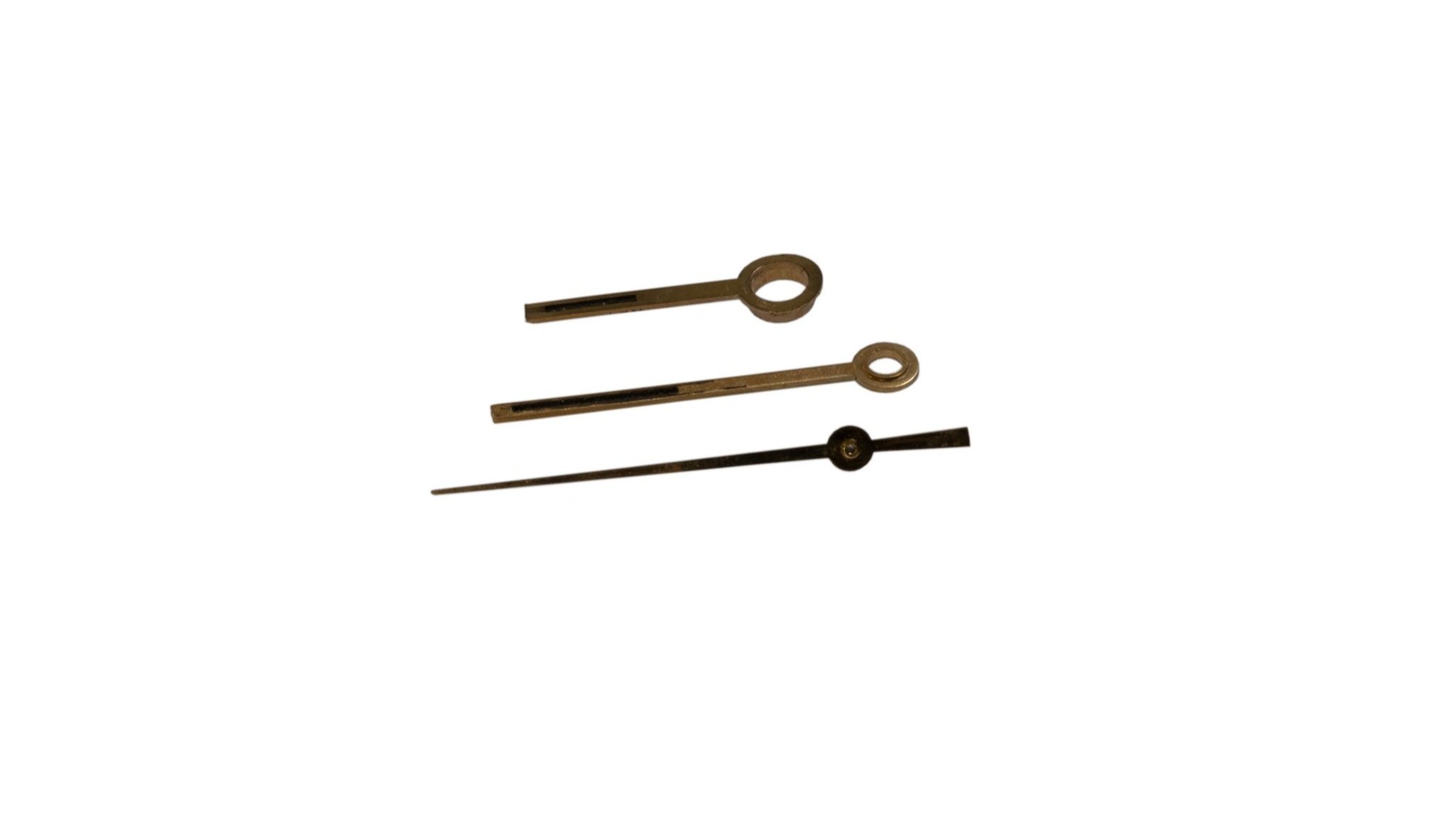An original GP Chronometer, first generation circa 1975 with in house quartz movement GP 705, part of the Girard-Perregaux Museum collection.
First Generation “Laureato” Quartz Chronometer did not have the name Laureato, When it was launched, the watch was named "Quartz Chronometer". In Italy, the model was quickly called "the laureate ("laureato" in Italian) of the Girard-Perregaux school". This flattering nickname was a nod to the extraordinary precision of the timepiece. the octagonal bezel also has a resemblance to the headdress worn by graduates in Italy at the graduation ceremony . The name was finally adopted by the House.
The presentation box the watch was delivered with.
The watch with the bracelet removed.
The bracelet is made of steel with a gold band embedded into each segment of the strap. This was the hardest part in the manufacturing process at the time as the segments are the gold strip is not hinged as in later models but part of the strap. The mandate at the time was to create a timepiece that appeared seamless. The bracelet is released by pushing the two springs, as do easy release mechanisms for straps today.
The case back is held on with four screws. The case is made up of three sections with the gold bezel being sandwiched between the case front and back. The case back reveals pearlage on the inside, a Girard-Perregaux seal as well as a case reference and a rubber seal . The quartz movement is visible inside the case and the black movement holder.
The watch outside the case, the dial is black with “Clous de Paris” “hob nail” design, the appearance changes according to the reflection of the light making it difficult to capture the name. The issue of the readability of the dial is rectified in later versions. In this direction we are able to capture the name but we also see where time has affected the surface of the dial.
The dial removed revealing the calendar below. The dial indicators have a Tritium Lume tip, the 1970s GP at 12 o’clock. The calendar numerals are digital in style reflecting the period.
The hour, minute hands are Tritium treated to glow in the dark. Seconds hand is not treated.
The winding crown follows the shape of the bezel with 1970’s logo.
The underside of the dial has an anti-magnetic plate.
The dial removed, revealing the calendar and circular grained finishing. The movement ring, where the movement sits inside the case. The calendar is rapid date change.
The integrated circuit removed, revealing the stepping motor and gear train.
The quartz can be found in the metallic cylinder.
The Quartz
Its vibration at 32768 al/sec gave it extraordinary time keeping.
The stepping motor, the smallest motor manufactured at the time, that drives the gear train and calendar. It is the stepping motor that drives the mechanism, the quartz vibration regulates the delivery of the power provided by the battery.
SUMMARY
The Quartz Chronometer, is a historic timepiece not only is the first generation in the Laureato Collection and from it we can see the origins of the models that followed through the decades. It is also from an era when Girard-Perregaux took on the task to develop its own quartz movement. This decision led to a radical innovation that redefined quartz movement standards: a quartz movement with a frequency of 32,768 Hz.




















